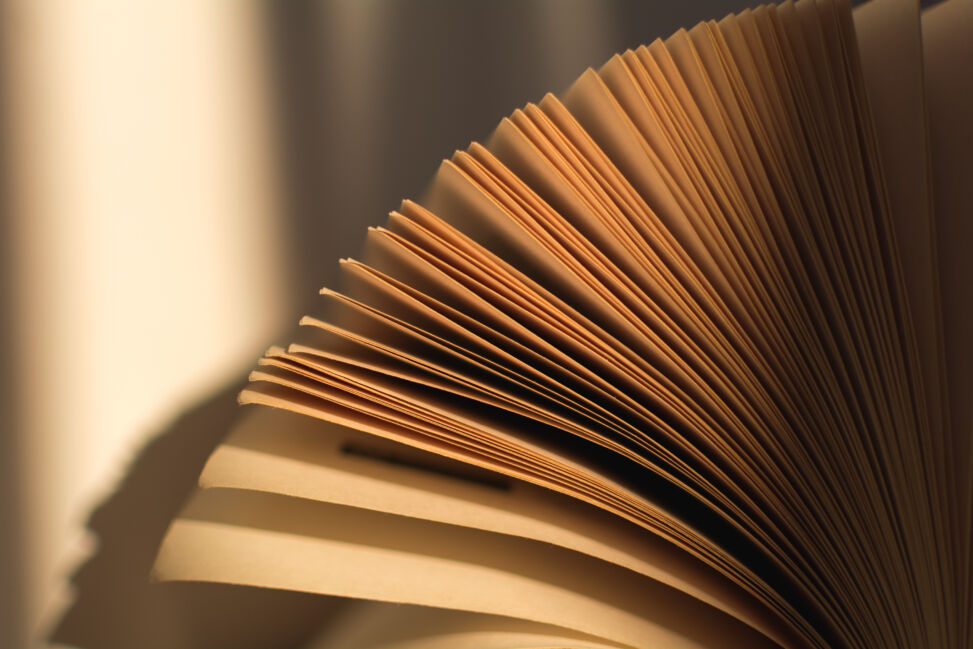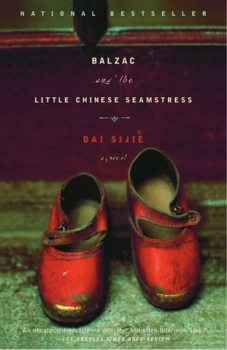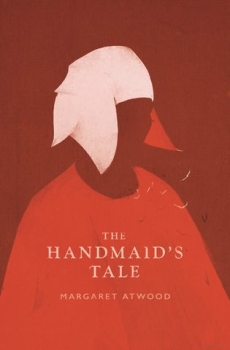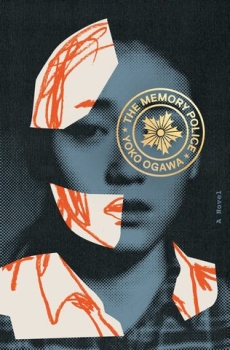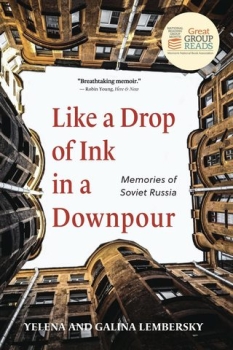Balzac and the Little Chinese Seamstress, by Dai Sijie
Balzac and the Little Chinese Seamstress, Dai’s first book, was written in French and drew on his experience in re-education. It was published in 2000 and won 5 literary awards. As well as English, the novel has been translated into 25 languages, including Chinese. Dai adapted and directed it as a film in 2002, adding a section where years later, the narrator travels back from Paris after learning the village will be flooded as part of the Three Gorges Dam project, to try to track down the Little Seamstress. Although filmed in China, the movie was banned there (like the book, earlier).
Historical and literary context
Communist Party Chairman Mao Zedong launched the Cultural Revolution in 1966, intending to assert communism as China’s primary ideology, and eliminate western or traditional influences. Within months, schools were closed and Red Guard groups began to form in support of Mao, which he in turn supported as a way of “making China red (Communist) from the inside out." These groups destroyed a number of historical and cultural sites and artifacts, including the gravesite of Confucius, and they burned entire libraries.
Two years later in 1968, Mao started the "Up to the Mountains and Down to the Countryside” (shangshan xiaxiang) or re-education, movement. One of this movement's primary goals was to dilute the Red Guard's power by getting them out of the cities. Most youth sent to the countryside were too young to be truly well-educated, though they were classified as “intellectuals.”
Mao declared that the Cultural Revolution ended in 1969, though its policies continued for several years. Reforms began in 1976, and the banished youth were allowed to return home in the late 1970s.
Balzac and the Little Chinese Seamstress is an example of the genre of “scar literature” (shanghen wenxue), a Chinese literary movement that developed after Mao’s death in 1976 and that describes the pain endured by this “lost generation” of re-educated intellectuals.
The book club is hosted at the Tempe Public Library, convened by Keith Brown. [email protected]. For the latest book club meeting register at: tempepubliclibrary.org and click Event Calendar.
Striking passages
p.16 (on manual labor) “Each day we had to fill the “back-buckets” with a mixture of excrement and water, hoist them onto our shoulders and clamber up the mountainside to the fields, many of which were situated at dizzying heights. With each step we could hear the liquid sewage sloshing in the bucket just behind our ears. The slurry would seep through the lid and trickle down our bodies until we were soaked. Dear reader, I will spare you the details of each faltering step; suffice it to say that the slightest false move was potentially fatal.”
p.81 (from Four-eyes) “What is it with you two, always going for stuff that’s forbidden?”
p.117 (from the narrator, on Jean-Christophe) “To me it was the ultimate book: once you had read it, neither your own life nor the world you lived in would ever look the same.”
p.129 (on women vying for new clothes) “It would evidently take more than a political regime, more than dire poverty to stop a woman from wanting to be will dressed; it was a desire as old as the world, as old as the desire for children.”
Themes and questions
Education and re-education
What are the consequences of trying to mandate how populations behave and think?
What kinds of knowledge escape government control, and how? (traditional remedies, pp.34-; authentic folk songs, pp.67-; buffalo blood as a cure for cowardice, p.98; tailoring)
What does the final fate of Four-eyes’ library tell us about re-education?
Aside from the narrator and Luo, who else in the novel is being re-educated?
the Seamstress—Luo sets out to re-educate her through banned literature, to make her more refined and cultured (p.64). Is he successful?
The people of the mountain (the miller, the tailor, the headman, the youths)—how does the novel narrate the impact of the urban visitors?
Four-eyes—thanks to his mother’s connections, he escapes early. Are we glad for him?
Coming of age
How does the Cultural Revolution setting impact the typical coming-of-age journey that the three main characters must undergo?
What role does literature play in their coming of age? What is the particular significance of the French literature that gets the most attention – including Jean-Christophe and its story of “free and independent action as an individual…. standing up against the whole world” (pp.116-7); and inspires him on crossing the narrow ridge (p.121)?
Storytelling, censorship, surveillance and power
The narrator expresses “Loathing for everyone who kept these books from us;” and knows that the remark, if overheard, would mean prison (p.105). In what ways is literature powerful or useful (as currency, for example)?
How is it dangerous?
Why are the local bachelors so hostile (p.165), and why does the promise of a book mean so much to the local doctor (p.185)?
The power of objects
Luo’s alarm clock (p.15) and its power to rule time, but in the end, leave the narrator with no idea what the time really was (p.17)
The narrator’s violin and Western culture, recognized and appropriated (“Mozart is Thinking of Chairman Mao” and the tailor’s “Wy-o-lin!”) (p.25)
Four-eyes’ suitcase of books (p.51), as the source of status, and fear for Four-eyes; joy for Luo and the narrator; transformation for the seamstress
The tailor’s sewing machine (representing modernity, professional status, and also the instrument of the narrator’s sadism and revenge (p.144)
Luo’s house-keys, and the snake in the pool (p.155)
The Seamstress’ two pairs of shoes, at her first (p.23) and last (p.191) appearance.
The power of words
The narrator and Luo’s skill in relaying movie plots; and the value they give Balzac’s words and story, whether they are passing them on orally, or on the narrator’s sheepskin coat (p.61)
Four-eyes changes the words of the folk-songs, changing them for his own purposes, and goading the narrator to violence (p.83)
Dumas’ story, told over nine nights, influences the clothes the tailor makes in the village (p.135)
The preacher’s family try to tape record his last words, to show he has renounced religion (p.181)
Shifting perspective
The bulk of the novel is told in first-person by the narrator. What is the effect of the scene of Luo and the Little Seamstress at the pool, as told by each of them, and the old Miller? (pp.145-156)
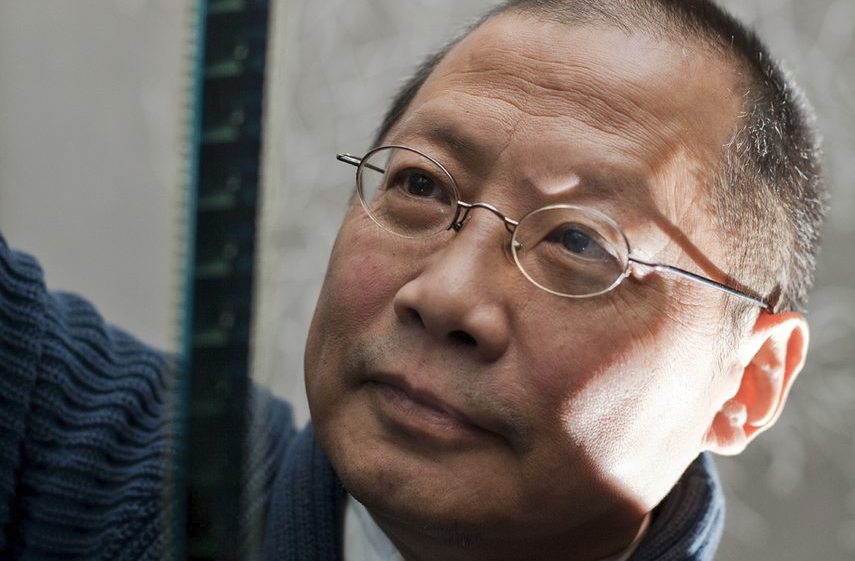
Dai Sijie was born in Fujian, China, in 1954. His parents were professors of medical sciences at West China University. He spent 1971-74 in a re- education camp in rural Sichuan, reportedly by his own choice. After his return, he taught high school and studied art history. He left China for a scholarship at a French film school, where he became a director. Before turning to writing, he made three critically acclaimed films, including China, My Sorrow (1989). He lives in Paris.
